After more than 40 years of investigations, testing, and legal maneuvering, work has now begun in Black Eagle to remove lead and arsenic contaminated soils from nearly 200 homes.
The contamination, which in some isolated lots is more than 10 times the U.S. Environmental Protection Agency’s (EPA) standard for residential areas, is a legacy of the Anaconda Copper Mining Company’s (ACM) refining and smelting works that once dominated the north shore of the Missouri River.
Crews under the direction of the U.S. Environmental Protection Agency (EPA) have already begun peeling back the sod at homes along the southwestern edge of town. The work is close in, navigating shrubs and flower beds in neighborhoods where many of the houses are nearly 100 years old. Hand shoveling keeps the damage to trees and fragile foundations down to a minimum.
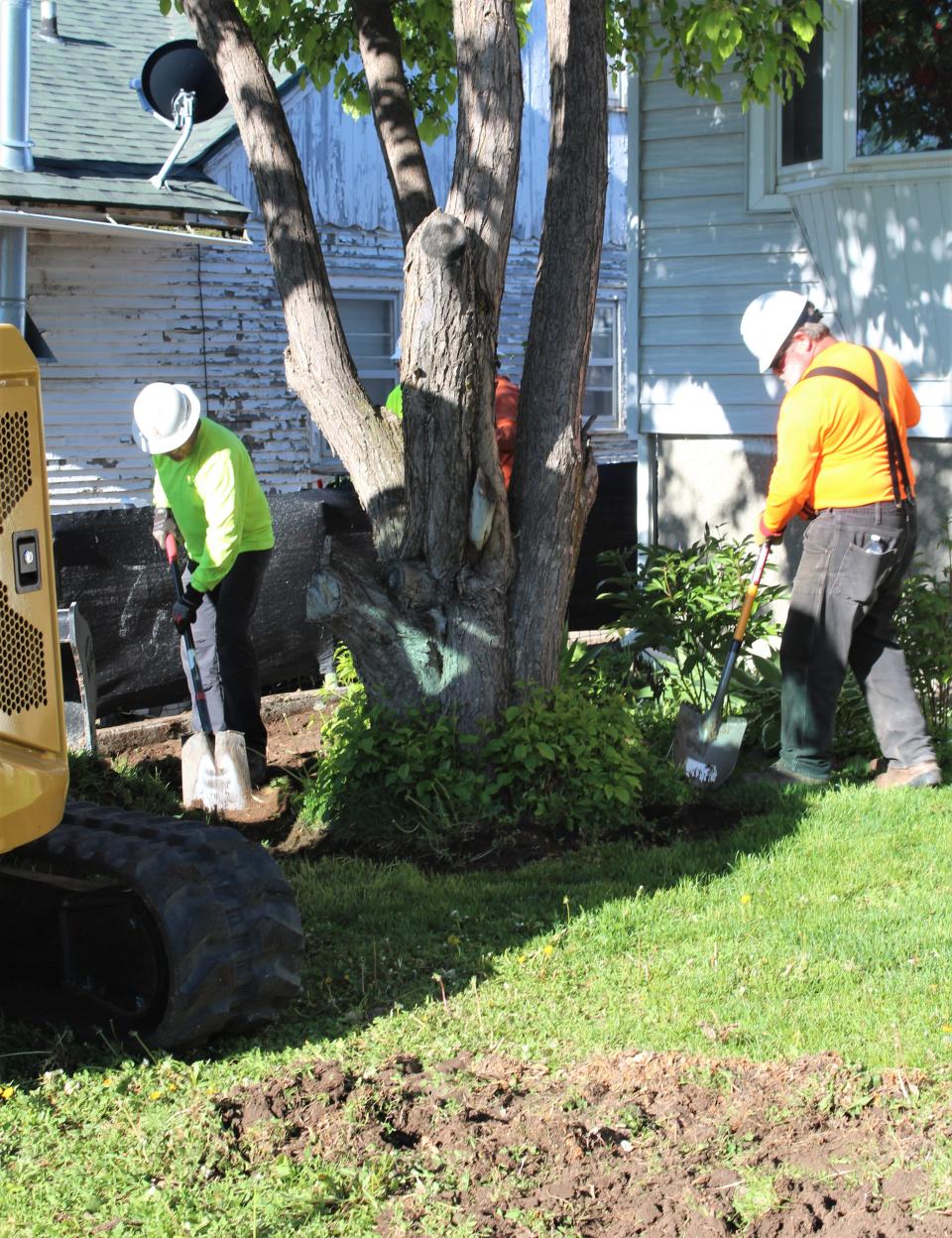
According to the EPA the work is expected to take the next two summers to complete. The work is being paid for the Atlantic Richfield Company, a subsidiary of British Petroleum, which purchased the former Anaconda smelter in 1977 operating it for only three years before it finally closed for good in 1980. Last year Atlantic Richfield signed a Consent Decree with the U.S. Justice Department agreeing to complete cleanups in Black Eagle at an estimated cost of $3.9 million.
However, the cleanup itself is only a final chapter to the story of the Anaconda Copper Mining Company. It’s legacy has been both good and bad to the people of Black Eagle.
A community defined by the copper industry
In its day the Anaconda Copper Mining Company was a titan of industry. From the 1920s through the 1960s ACM dominated copper production, not only in the U.S. but with mines in Chile, Mexico, and Poland. The cornerstone of the company’s history and culture lay in Montana, founded upon the copper mines in Butte, smelted in the mills of Anaconda, processed and wrought pure within the plants at Great Falls – more specifically, the community of Black Eagle.
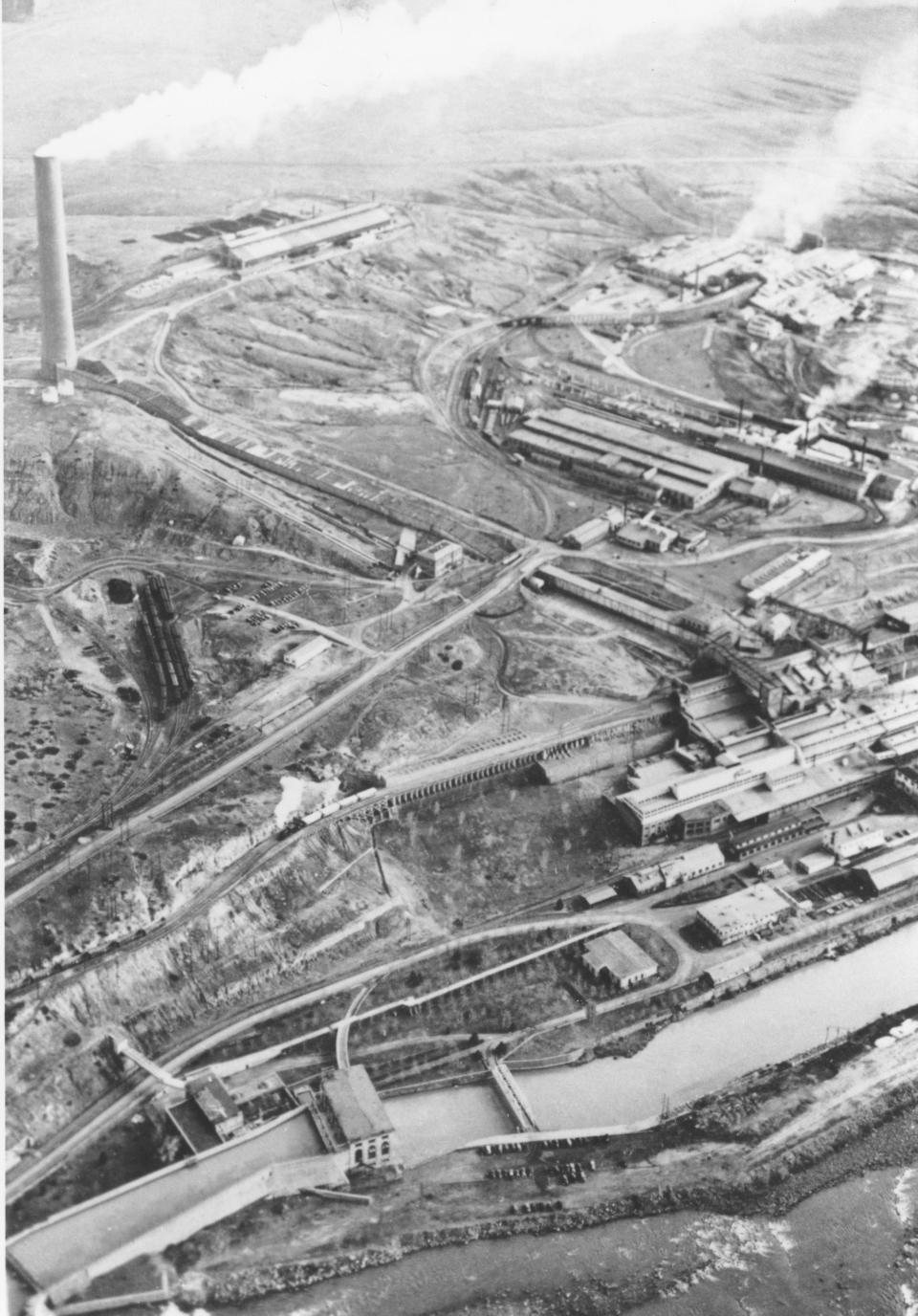

During peak production before the Great Depression the plants in Black Eagle employed more than 2,000 men. The ACM copper works were producing as much as 27 million pounds of copper a month – wire and rod used to electrify America and the bombshell casings that helped to win two world wars. The Black Eagle plant also became the largest producer of zinc in the United States, an element critical to the production of paints, rubber, plastics, inks, batteries, textiles, and electrical equipment.
The town of Black Eagle never grew much beyond the nearly 1,000 people who live there now. Most ACM employees simply commuted across the river from their tree-lined neighborhoods in Great Falls. Black Eagle was and remains a working class, unincorporated and fiercely independent blue-collar town. Many of its original citizens emigrated from Italy or Croatia, with a healthy sprinkling of Swedes, Norwegians, Finns, Germans, and Poles.
The ACM, which most people simply referred to as “The Company,” had a dark legacy too. Throughout most of its history the men who made the decisions at ACM’s paid only cursory attention to the environmental damage their operations were wreaking. According to the EPA, waste material containing lead, arsenic, cadmium, antimony, and zinc were for a long time simply pushed into the Missouri River, a practice that only stopped following the completion of Rainbow Dam in 1915 which blocked the flow of waste further downstream.
“It is likely that dumping of waste into the Missouri River continued at a reduced rate after 1915 until the facility closed in the 1970s,” the EPA concludes.
In total its believed that more than 30 million cubic yards of toxic mine waste was shoved into the river. Elevated levels of lead and arsenic have been detected in sediments as far away as Fort Benton, 40 miles downstream from where the old ACM reduction works once stood.
In town the primary means to protect adjacent neighborhoods from contamination was to build an enormous smokestack. In Black Eagle “The Stack” stood 501 feet high, intended to propel toxic gases, smelter wastes and flue dusts high above the ground to drift harmlessly away across an unpopulated area.
It was good in theory, but in practice there were multiple smaller smokestacks scattered across ACM’s industrial grounds, each spewing out its own blend of toxins at a much lower level. And there were frequent days when there was either no wind at all, or it came in from an opposing direction making the big stack’s height irrelevant. Black Eagle could be a very smokey place.
“It wasn’t very fresh air,” recalled Sarah Peck, a lifelong resident of Black Eagle and the current Director of the Black Eagle Technical Advisory Group (BETAG). “When I was little, you’d have the stack smoking and the refinery smelling. It could be pretty awful.”
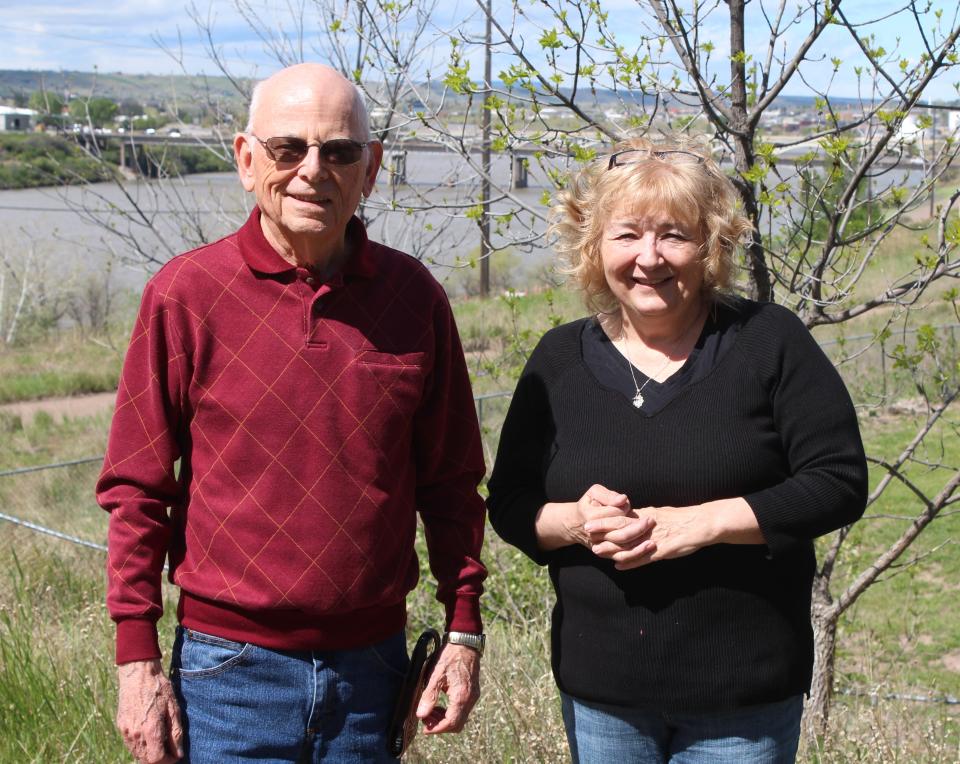

“You could even taste it,” Monte Marzetta said.
Marzetta, 84, is current President of the Black Eagle Civic Club and a longtime activist with the BETAG. He worked for 23 years as an electrician at the Anaconda Copper Mine Company, visiting every building within the hillside complex within his three decades at ACM.
“I was raised on the lower north side, and when we were kids, we’d go down and play by the river,” he recalled of his childhood. “All the raw sewage used to dump directly into the Missouri River. Great Falls did it and so did Black Eagle.”
Liquid wastes like process solutions, acids and rinsate from historical facility operations were frequently spilled or intentionally dumped in lots or on undeveloped drainages. The ACM’s industrial grounds could be a hazardous place to work.
“I spent the last few years at the wire mill, which wasn’t too bad,” Marzetta said of working conditions within the ACM complex. “But if you got down to the lower part of the zinc plant there were some pretty bad areas down there.”
And so it went for more than 60 years. By the 1970s most of the richest copper and zinc deposits in Butte had already played out. In 1977 the oil and gas giant Atlantic Richfield bought ACM hoping to diversify its corporate portfolio. Political turmoil, a crash in global copper prices, and a nationwide strike sealed the fate of the reduction works in Black Eagle, which closed permanently in 1980. Atlantic Richfield was bought by British Petroleum (BP) in 2000, making the European energy company the second largest in the world.
“The ‘Stack’ blew the contaminants out and they landed on the roofs,” Peck explained. “Then the rain and snow washed them down off the houses, so now most of it is concentrated on the drip lines.”
The realization that Black Eagle had a problem
However, the environmental impacts of eight decades of heavy metals production could not be wiped away with a single multi-billion-dollar contract. From the very beginning both the EPA and Atlantic Richfield knew there were likely going to be problems in Black Eagle.
The EPA’s Record of Decision released in August 2021 records that within a year of the ACM refinery’s closure in 1980, 27 “areas of concern” on the former refinery site had been identified, and that areas of ground and surface-water contamination were documented by 1983.
Still nothing was done. It took ACM 17 years to file a voluntary clean-up plan for the site. Once submitted Montana’s Department of Environmental Quality found ACM’s plan to be “incomplete” and subsequently asked the EPA to review any of ACM’s cleanup activities.
In 2003 the EPA conducted site inspections focusing upon residential areas in Black Eagle and the northern tier of Great Falls facing the Missouri River. The results of the 2003 investigation found 375 residences in Black Eagle with elevated levels of lead and arsenic contamination. It’s believed that most of this contamination came from the regular mix of smoke, gasses and dust that regularly rained down across the town.
Other factors played into the contamination. ACM was well known for supplying perks to its employees like cigarettes and lottery tickets, and free firewood gleaned from the railroad ties and demolished buildings ACM disposed of. There was also a ubiquitous supply of lead-based green paint that nearly every house in Black Eagle was slathered in.
Lead, which can cause irreversible brain damage in children and damage to the kidneys and nervous system in adults, is now a common contaminant in most of Black Eagle’s yards. But the risk to residents was never only a matter of smoke and paint.
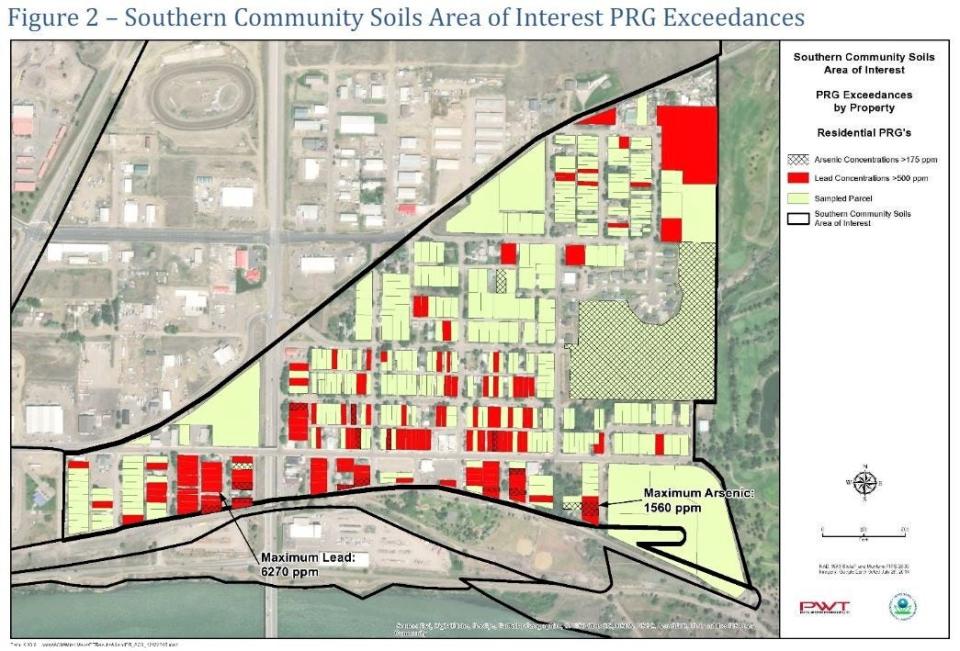

Take a look at a map of where the highest concentrations of lead and arsenic lie and you’ll discover a patchwork of contamination. Yards lying directly adjacent to each other in Black Eagle often range between levels that are undetectable to those more than 10-times greater than EPA guidelines. This, in large part, is due to the once common practice of property owners bringing in refinery slag to fill in low spots in their yards and surrounding grounds.
“They’d bring in the slag to fill it in because it was cheap,” Peck explained. “There were different slag deposits they’d bring in to landscape their yards.”
“My land is clean, but the guy right next door to me – they hauled in a bunch to stuff to use as backfill,” Marzetta said. “I’m sure it all came from the slag piles. They just wanted something to fill in there, so they hauled it up and dumped it. Now that’s contaminated, so they’re going to have to tear all that out.”
Finding an ally in Cascade County leadership
Serious concerns about lead and arsenic contamination in Black Eagle was not a clear community concern until after an EPA investigation in the early 2000s. The first alarm was sounded by Herb Sobeczek, a Black Eagle resident who became a regular presence at Cascade County Commission meetings in the mid-2000s.
“Herb was the guy who went to all the commission meetings,” Peck recalled. “In the early 2000s he started to challenge the county commission. He’s the one who really got it going.”
Herb’s appeals to take some action in Black Eagle initially fell on deaf ears, but he found an ally in Cascade County Commissioner Joe Briggs, who first took office in January of 2005.
“My mother was born in Black Eagle, and I had four uncles on my mother’s side who all worked at ACM,” Briggs explained. “The old house at 1511 Smelter Avenue was my grandmother’s house when I was little, and it became my aunt’s house later on, so I knew Black Eagle. I think Herb found a sympathetic ear, perhaps, to start working the issue at the commission level.”
In the same year as the copper refinery closed in Black Eagle the federal government created an environmental remediation program as the Superfund. Sites that make it on to the Superfund’s National Priorities List are considered the most highly contaminated sites in the nation and are eligible for court-ordered cleanup funds from violators and/or federal funding if no violators can be found.
In 2007 the EPA conducted a Superfund Site assessment focusing upon residential areas within Black Eagle and a northern slice of Great Falls adjacent to the Missouri River. In total more than 7,200 individual soil samples were analyzed for arsenic, cadmium, copper, lead, and zinc. Almost no significant contamination was found in Great Falls, but in Black Eagle a large area was found with elevated levels of arsenic and lead.
However, whether the community of Black Eagle would or would not be designated as a Superfund site was a political decision and would only come if a majority of the residents believed such a designation was in their best interests. According to Briggs, it wasn’t an easy decision to make.
“There was a lot of the public that lived up there who weren’t too concerned about the contamination and really didn’t want to be designated as a Superfund site,” he explained. “They asked some very legitimate questions like, if I want to sell my property what happens if it’s a Superfund site?
“We had some people who were genuinely afraid of what was going to happen to them financially, but we also had a group of people who were concerned about the long-term health impacts.”
Briggs noted that the residents of Black Eagle have a long-time historical connection to gardening. For many people the prospect of having work crews tearing out flower beds was an unpleasant one, but the alternative was nearly equally unappealing.
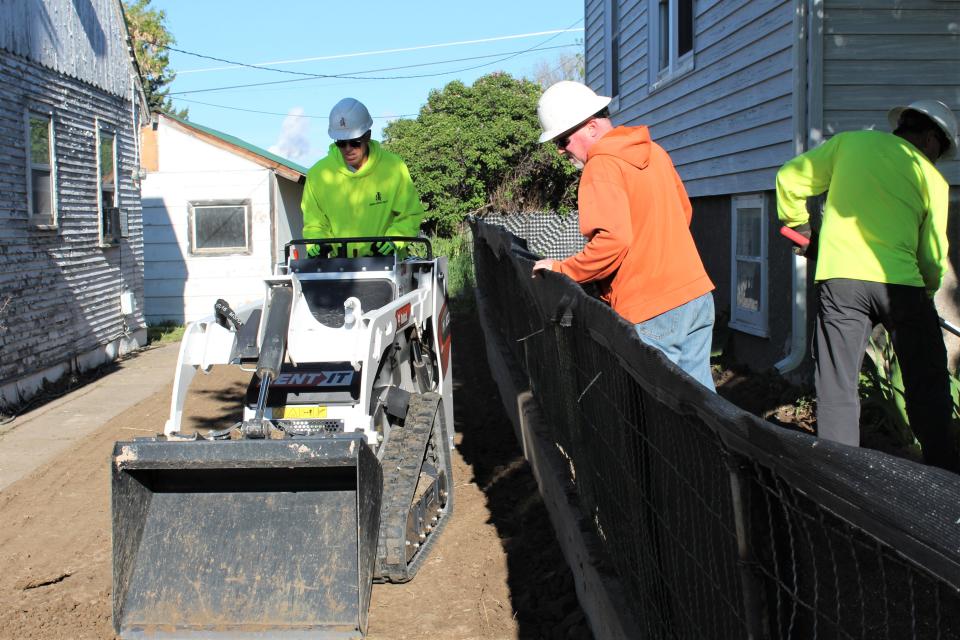

“When the issue first came up a lot of the questions we were getting revolved around ‘Am I safe to eat the vegetables out of my garden?’” he said. “You also have little kids up there and then you add to it the age of some of the houses and the lead paint that was on them. It made it a complex issue, but at the end of the day we decided becoming a Superfund site was the only way things were going to get moved forward.”
With an appeal from then Gov. Brian Schweitzer and the support of Montana’s Congressional delegation, Black Eagle was added to the Superfund National Priorities List in 2011. Both Atlantic Richfield and the Burlington Northern Santa Fe railroad (BNSF) were identified as potentially responsible parties and thus liable for the cleanup costs.
The expectation was that the work at Black Eagle would be completed in a timely fashion. That was nearly 12 years ago.
Legal wranglings and future expectations
The EPA has divided the area around the old Anaconda Copper industrial works into three categories, identified as OU1 for residential areas, OU2 for the smelter and refinery site, and OU3 for the Missouri River itself. The current cleanup project only addresses soil contamination in Black Eagle’s residential neighborhoods.
Atlantic Richfield launched a new round of testing in 2011. The testing was free and optional to Black Eagle’s residents. Over two years more than 8,750 soil samples were taken across approximately 500 properties. While Atlantic Richfield tested for a wide range of contaminants, lead and arsenic were of the greatest concern. Contamination levels ranged from undetectable to 7,200 parts-per-million (ppm) for lead and 1,850 ppm for arsenic. The EPA guidelines for residential soils call for no more than 400 ppm of lead and 175 ppm for arsenic.
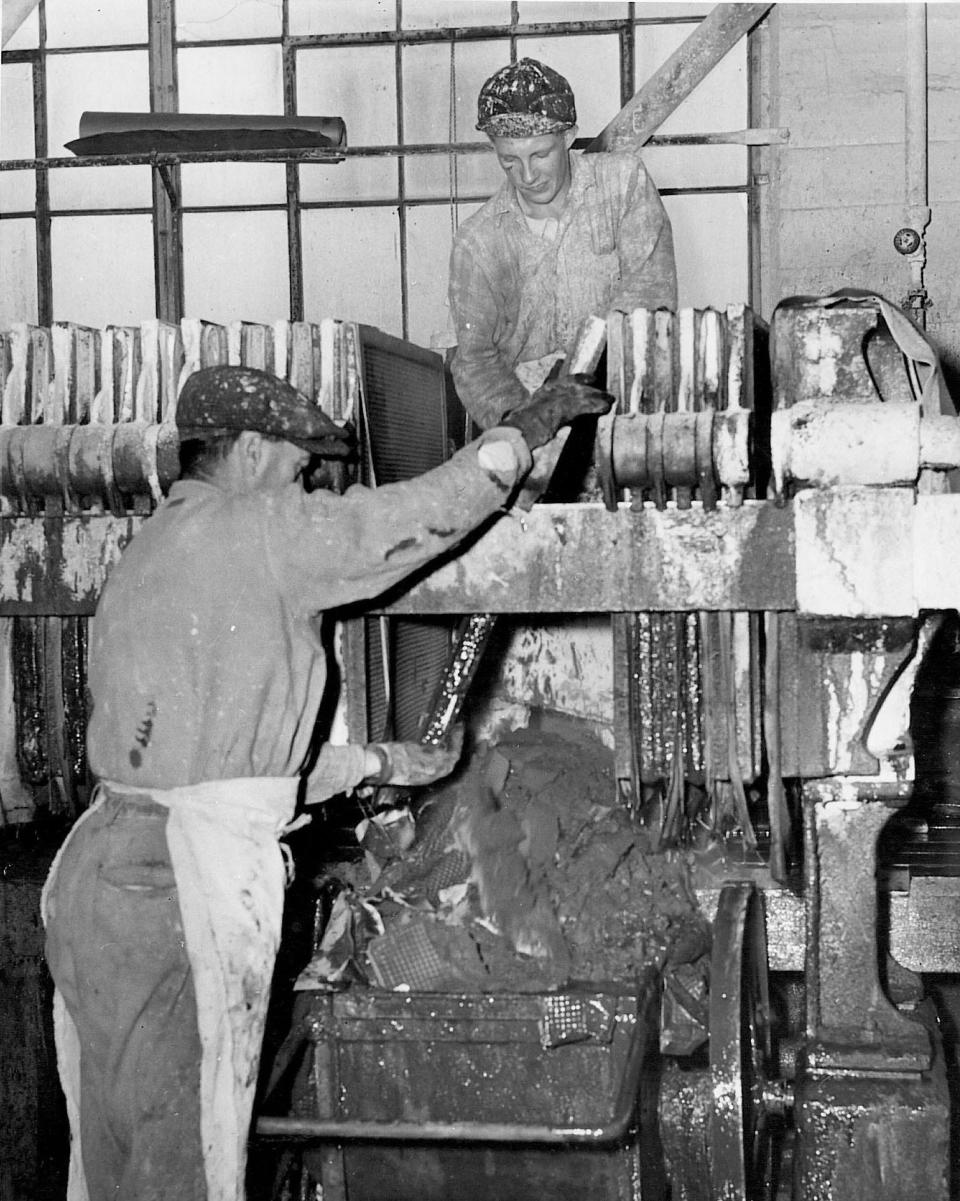

“To address immediate threats to human health and the environment, EPA removed approximately 1,200 cubic yards of contaminated soil from the Moose Lodge property in Black Eagle in November 2011,” an EPA news release states. The soil was disposed of at the High Plains landfill.
“From September through November of 2020, EPA conducted second time-critical removal of approximately 3,200 cubic yards of soils contaminated with lead and arsenic in advance of a Black Eagle Water and Sewer District’s construction project to replace aging water and sewer lines. The soil was placed in the former smelter site area.”
Many of the most contaminated sites are along what was once the BNSF’s rail bed leading to the smelter. Marzetta recalled how that rail line was the main route for the transport of partially refined zinc, a crushed and smelted ore with a consistency somewhat akin to a heavy clay.
“They brought all their concentrate in by rail for the zinc plant,” he said. “It was brought in in ‘gondola cars’, and then they’d run it through a process out here to make regular zinc. That’s where most of the contamination came in – on the railroad bed.”
“The area with the highest concentrations of arsenic and lead in soil and dust was from the oldest parts of Black Eagle,” a 2019 EPA publication states. “The area is also downwind from the railroad corridor. It is believed that the residences in this area were exposed to the aerial emissions from the historical smelter stack as well as to ongoing fugitive dust from the railroad corridor.”
While BNSF did complete a contaminated soils cleanup at Art Higgins Memorial Park in Black Eagle in 2014, the corporation has yet to agree to its share of remedial actions for the rest of the railroad corridor. Peck said that in her opinion the railroad has dug in its heels due to concerns over a possible larger legal liability.
“You have the whole rail line from Anaconda to Great Falls,” she noted of the 170-mile route that weaves through the Beaverhead-Deerlodge and Helena National Forests. “If they take responsibility in Black Eagle, are they going to have to take responsibility clear to Anaconda?”
In August 2021 a Record of Decision was issued jointly by the EPA and Montana Department of Environmental Quality (DEQ) detailing the environmental findings and plan of action for cleanup of Black Eagle’s residential areas. In most cases the excavations will take away the top six inches of topsoil, storing it at a site within the closed industrial grounds before a permanent sealed repository is constructed.
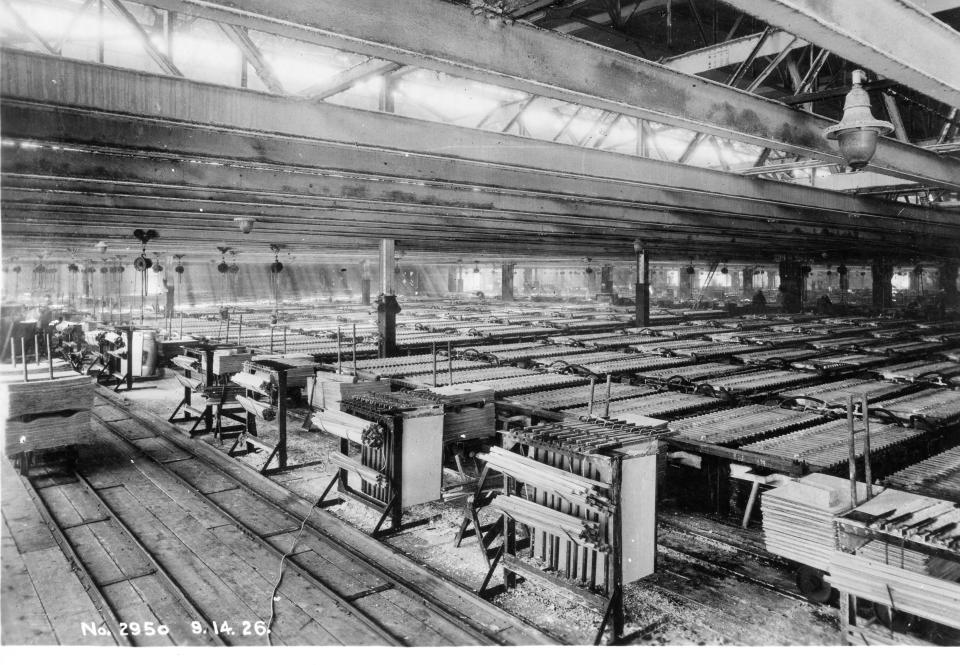

Cleanup options now available to Black Eagle homeowners
There is no cost to residents to participate. Those who agree to the mediation efforts will receive $1,000 for their inconvenience. Residents have been assured that new topsoil and sod will be transplanted to their homes. The care extends down to preserving any perennial flower bulbs a homeowner might want to save.
“If they dig up your garden or lawn, they’ll replace it with sod and put it back the way it was or better,” Marzetta avowed.
“Black Eagle and the county aren’t pushing for the old smelter site to be cleaned to a residential standard because it would be too much work,” Peck said. “They (BP) could ultimately do nothing and fence it off forever with it off limits to everybody, but they’re working with us to make it a recreation area, so it will be cleaned up to recreation levels.”
Monte Marzetta noted that several schemes have been posited to turn the old refinery into a money-making venture.
“George Willet from Showdown was up here and talking about putting a ski run on it,” Marzetta said. “Then there was going to be an amphitheater and a replica of the old stack. I don’t think any of it will ever happen. You might see some trails or something like that, but that’s about it.”
Whether any substantial cleanup effort ever takes place on the ACMs industrial grounds or for the Missouri River is still an open question. The old industrial site alone covers more than 5,000 acres and the cost to restore it to residential soil contamination standards would be enormous.
As for the Missouri River, it seems highly unlikely that any effort to dredge 40 miles of river bottom will ever take place, and if it did wouldn’t it actually hurt the riverine environment more that it would help it?
“There is still testing planned for the other sections of the Superfund site,” Commissioner Briggs said, “which includes the actual industrial plant area and the river. The testing in OU2 which is the industrial plant has been underway for a year or so, but there’s been no Record of Decision from the EPA as to how to handle it. The testing in the river has barely begun.”
What can be said with certainty is that the citizens of Black Eagle will soon be able to buy, sell, and accurately describe their individual properties as complying with federal contamination levels. Getting to this point has been the work of generations.
“I’m really glad to see it get cleaned up, but it wasn’t a slam-dunk,” Briggs commented. “This has been a long haul. We’re on our third representative from the EPA on this, and the project has gone through two managers who have both since retired.”
“From the standpoint of the citizens of Black Eagle, they can see the end of the tunnel,” Briggs added, “but from the whole project standpoint I wouldn’t want to guess how far away we are on the whole thing.”
This article originally appeared on Great Falls Tribune: 80 years of lead, arsenic contamination to be removed in Black Eagle
Source Agencies


